Sightseeing Spots
Search Results308
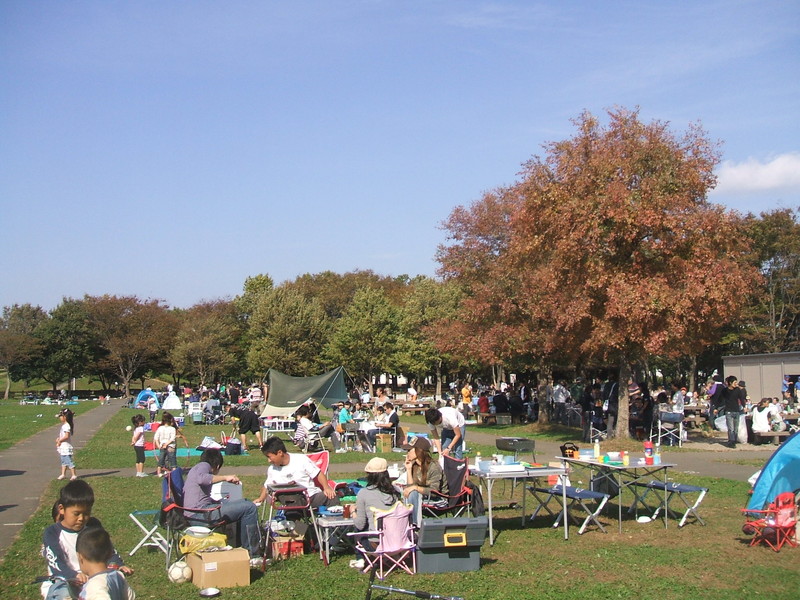
This park features an open lawn space and large wooden play equipment, and the area is crowded with families all year. Seasonal flowers grow throughout the park, and in addition to cherry blossoms in the spring, the moss phlox (April to May) and irises (early June) bloom in a heart-warming sight. There are also kitchen spaces for barbecue, and visitors can fish at the large pond, Koai Tamei (within the designated area).
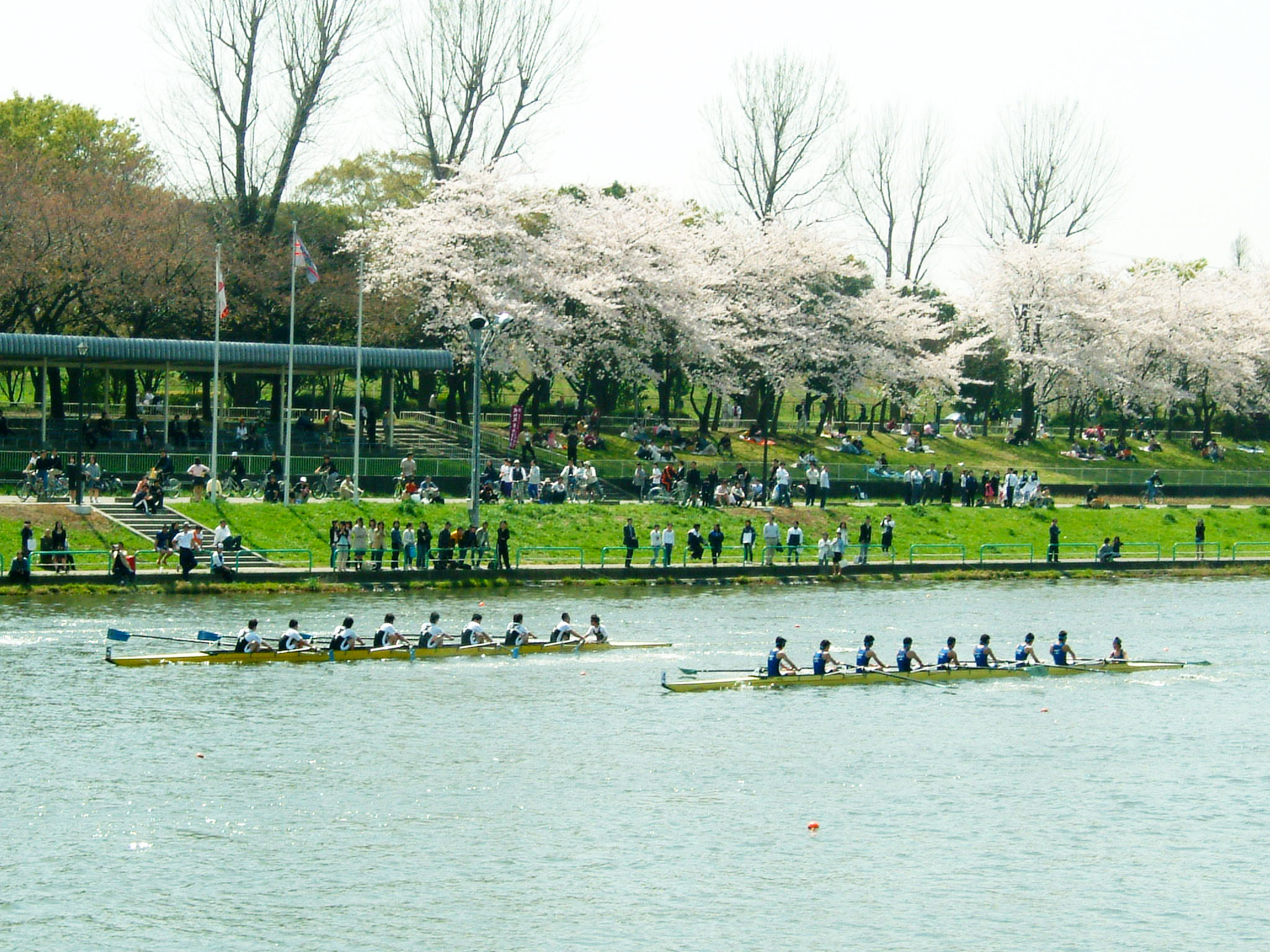
Toda Park was built between 1937 and 1940, centered around a rowing course which is the largest artificial still water course in Japan. Established as a city park after the 1964 Tokyo Olympics, it is used as a training area and competition venue for rowing, while also providing a relaxing environment filled with nature for the local citizens. The park is adjacent to the bank of the Arakawa River and also has an elevated plaza, flower beds, and lots of playground equipment, making it popular for not only its rowing course.
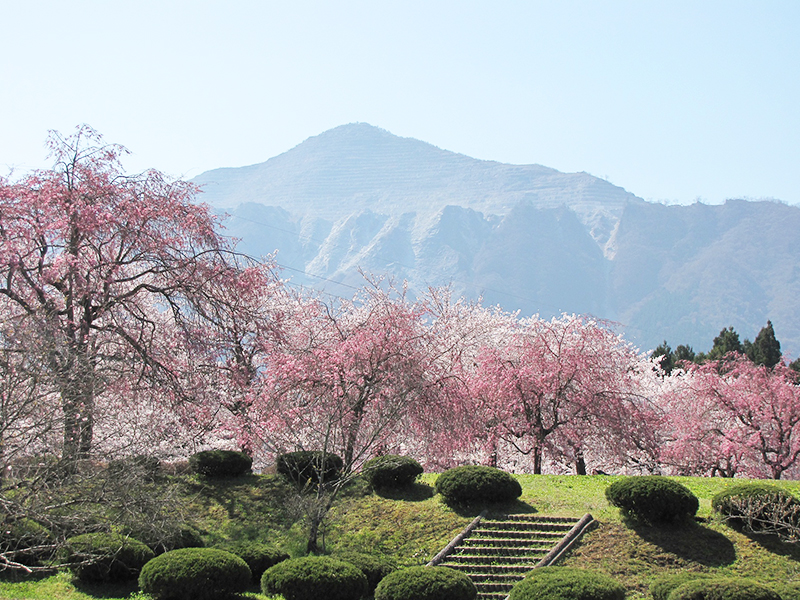
Surrounded by lush greenery and famous for its shibazakura (lawn cherry) and cherry blossoms, this park is located on a hill overlooking the city center and has been long-cherished as a place to relax by the local citizens. There is a hill overlooking the city and surrounding mountains, "Miharashi no Oka," an athletic park "Wanpaku Hiroba" for children to play at, and exhibition halls such as the Mt. Bukou Museum and Yamato Art Museum.
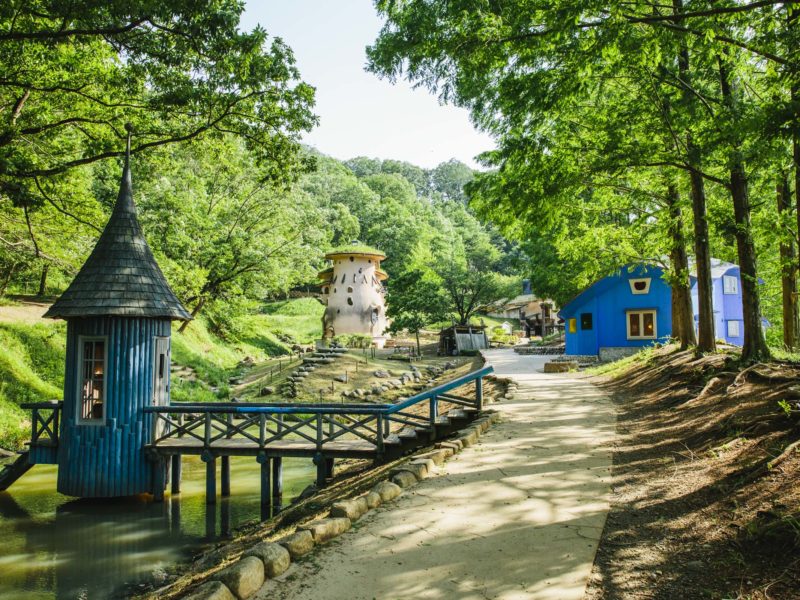
A park inspired by the world of Scandinavian fairy tales. Unique buildings that tickle your imagination stand on park grounds overflowing with greenery. Play freely in nature among the refreshing breeze and dappled shade in this relaxing space for everyone.
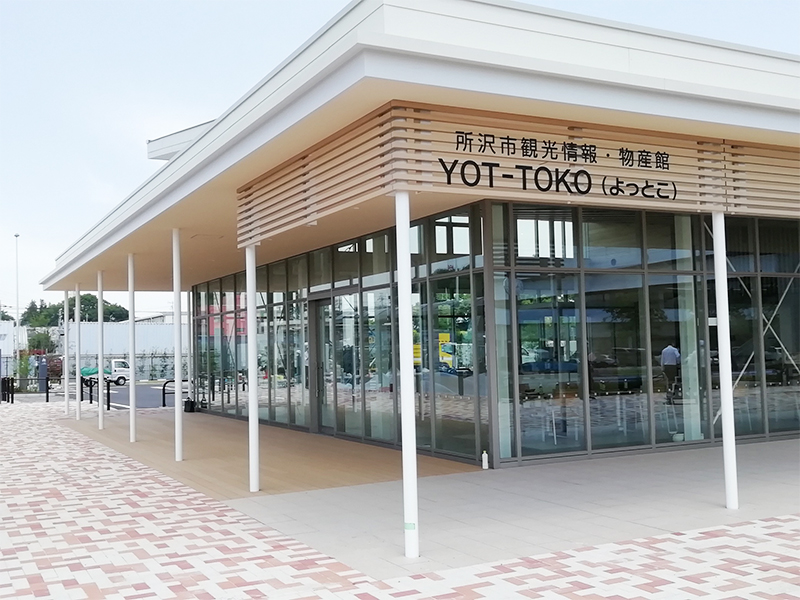
At YOT-TOKO you will discover the many delicious foods and great places to visit in Tokorozawa! In addition to providing tourist information and selling unique local foods and specialties, there are also displays of traditional noh masks, kumade rakes and hina dolls; a showcase of the many charms of Tokorozawa. Among these are the eye-catching packages of Sayama tea, the pride of local tea producers, and this shop is the only place where all brands are available in one place. The shop is connected to Tokorozawa Sakura Town via the Tokorozawa Sakura Town Bridge.
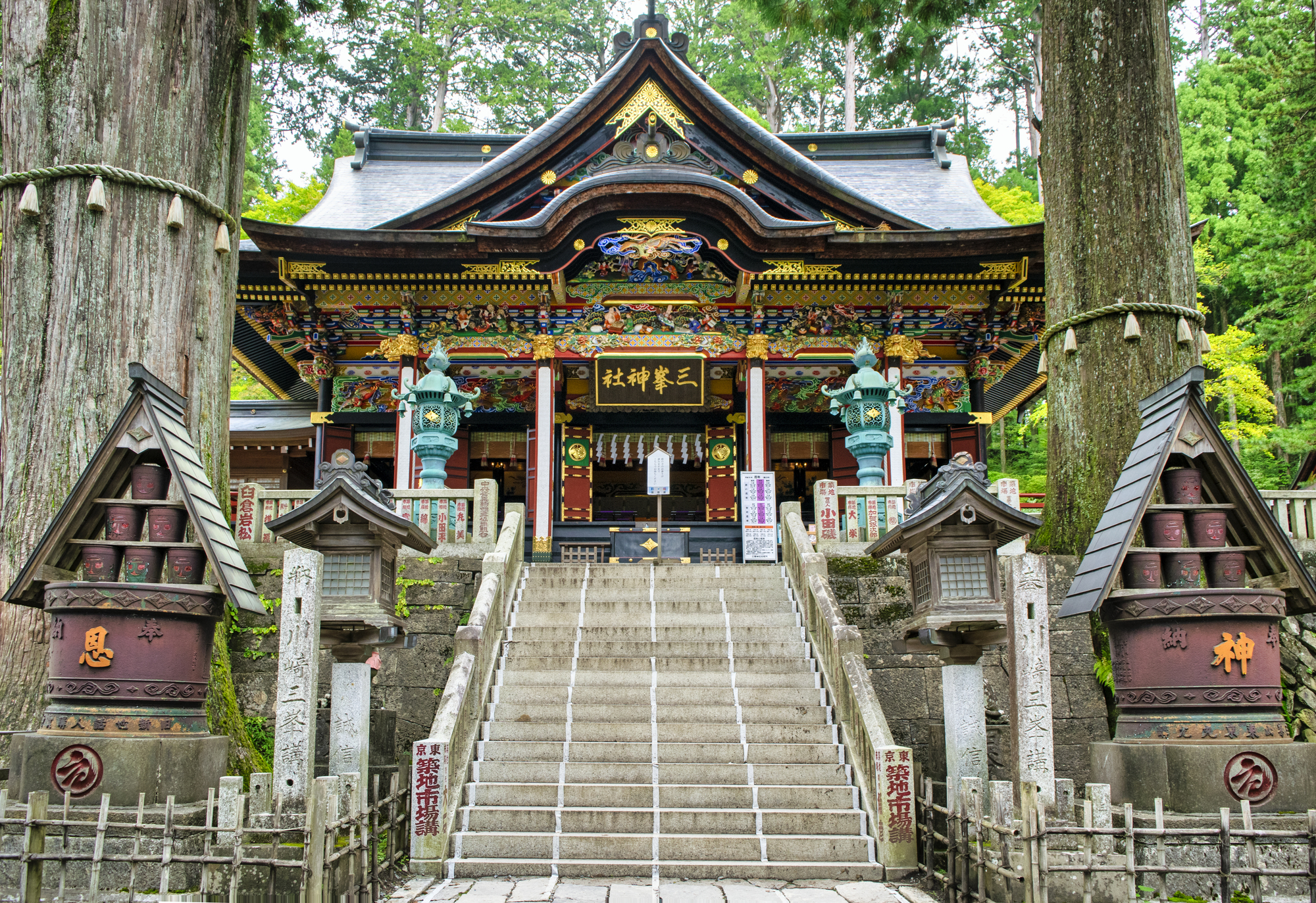
The history of the temple is said to date back about 2,000 years ago, to the reign of Emperor Keiko. During the Kamakura period (1185-1333), when faith in Mt. Mitumine spread, Hatakeyama Shigetada, Nitta Yoshioki, and others worshipped here. During the Tokugawa period (1603-1867), the Kishu shogunate and the Kishu family were revered, and gifts from the Kishu family in particular are still treasured by this shrine. When autumn arrives, the “Fifteen Nights and Moon Reading Festival” is held to herald the arrival of autumn in the mountains of Chichibu.
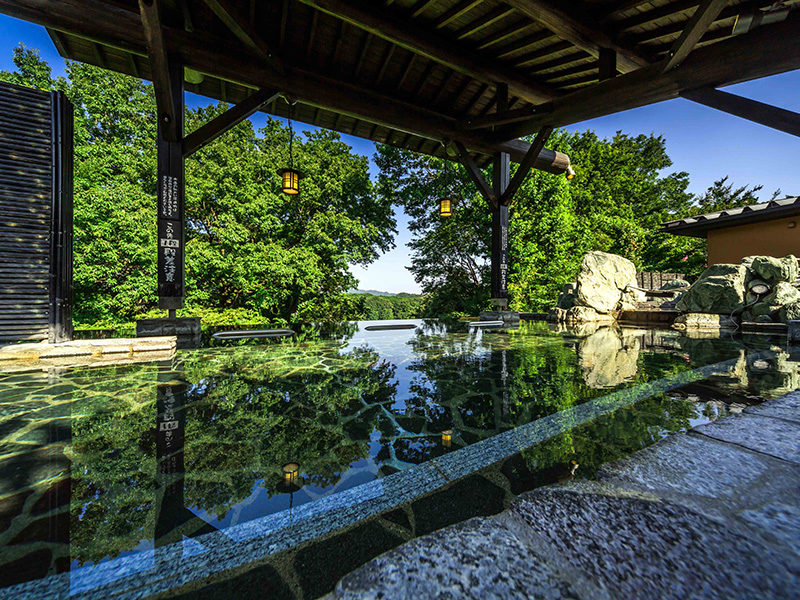
With low alkaline natural hot springs similar to a "Bijin no Yu" (beauty bath), the unisex large-scale outdoor bath, “Onnetsubō," overlooking Lake Miyazawa and the Chichibu Mountains is particularly popular! At the Four Seasons Buffet, “Kohansaryō," you can enjoy cuisine featuring locally harvest seasonal vegetables while taking in the view. ※ This is a facility for those older than elementary school. Preschoolers and younger are not allowed to enter.
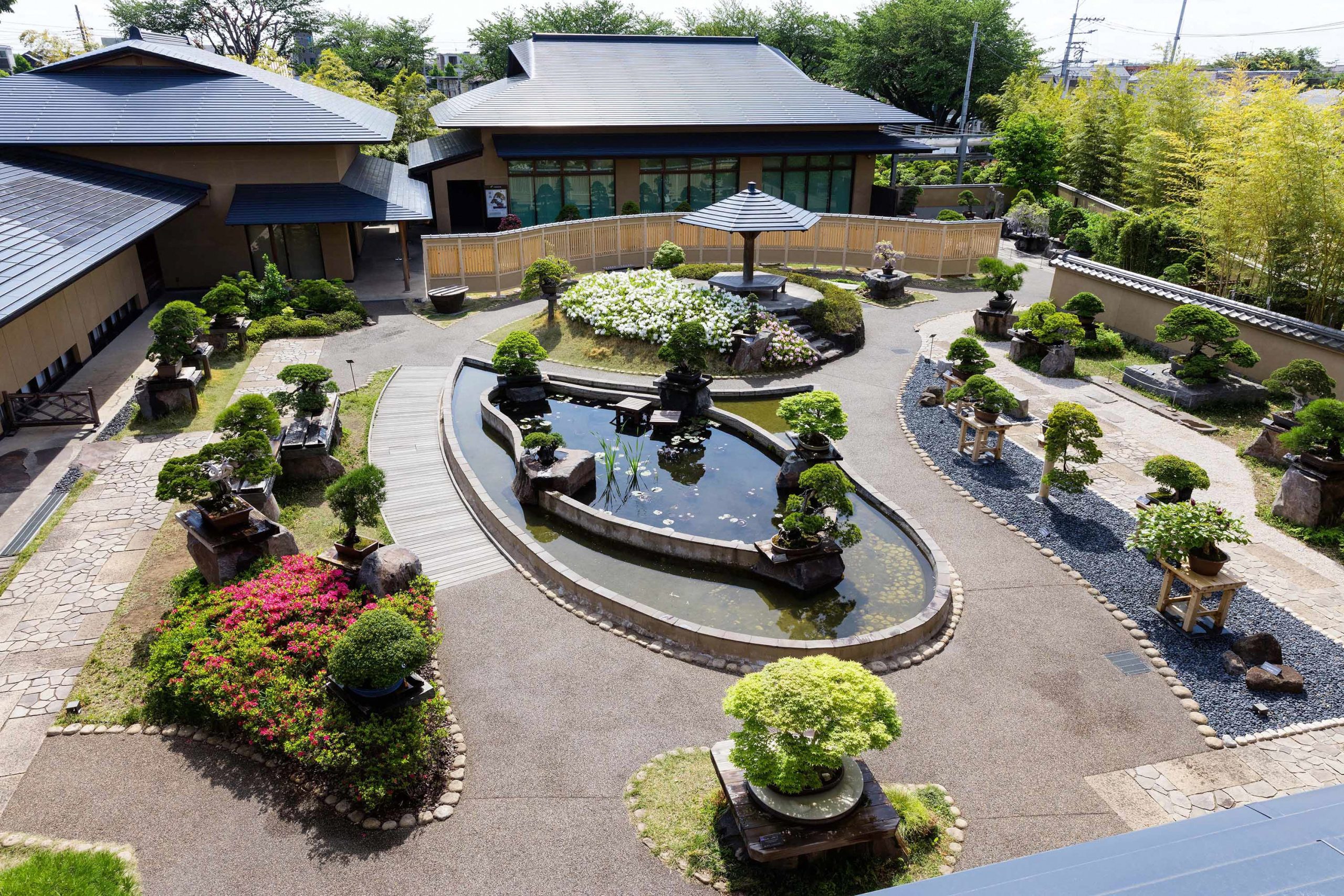
It is a core facility for promoting the culture of bonsai and is the world’s first public museum specializing in bonsai. To spread the culture of bonsai, which is designated a traditional industry of Saitama, along with bonsai, bonki (vase), suiseki (rocks) and paintings of bonsai can also be enjoyed in this diverse exhibit. (For more information regarding the facility, please refer to the URL below.)
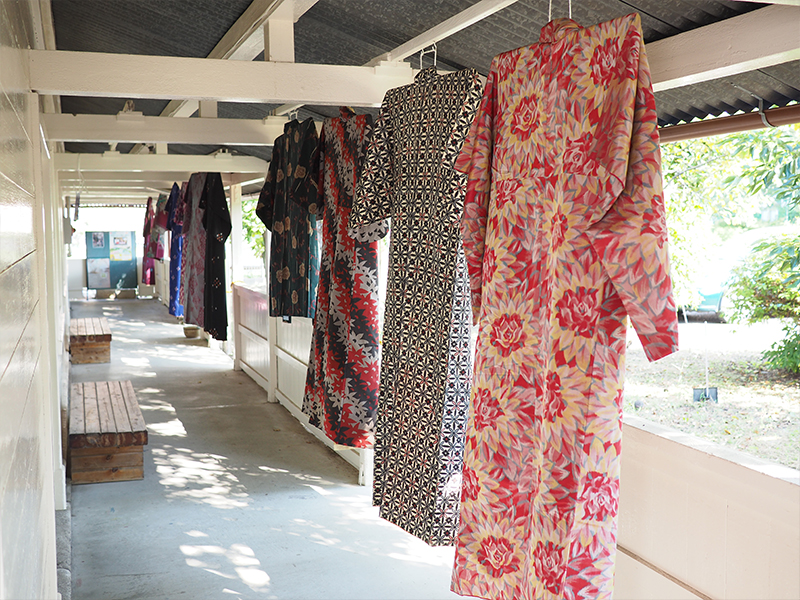
The building was built in 1930 and was registered as a Tangible Cultural Property in 2001. At the Chichibu-Meisen museum, you can learn about the history of Chichibu-Meisen, view the exhibits, and try your hand at stencil dyeing and weaving. All the equipment displayed in the museum is still in use, and if you are lucky, you can even see it in action.
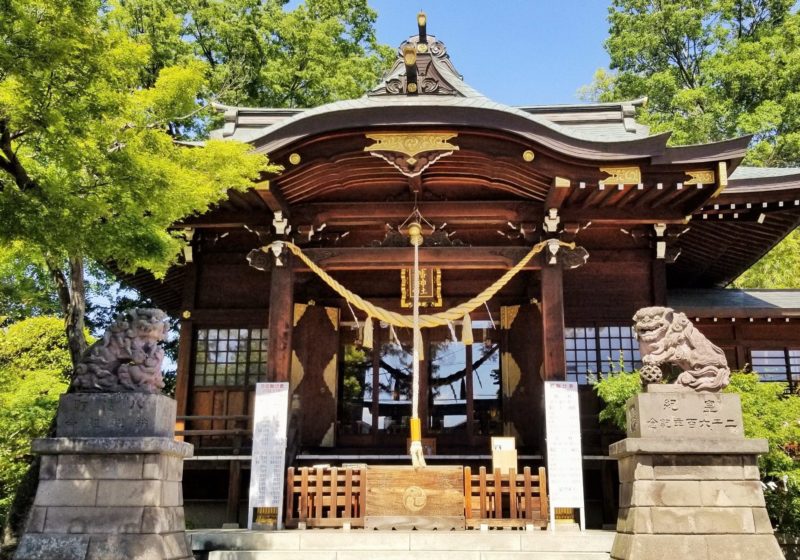
Gyōda Hachiman Shrine is called “Fūji no Miya" (Palace of Sealing) for its secret prayer method which is believed to help children sleep, prevents nervousness, cancer, diseases, bad habits and dementia in the elderly. In the precincts, there is a “shrine of the eyes,” the Kasamori Inari Shrine which enshrines the god of eczema and beautiful skin, along with “Okuninushi Shrine” that enshrines Oshi Castle’s 7 lucky gods. Recently, the “nade momo” (patting peach) is said to be a place for spiritual energy, and is famous for the god of warding off suffering from illness and misfortune.
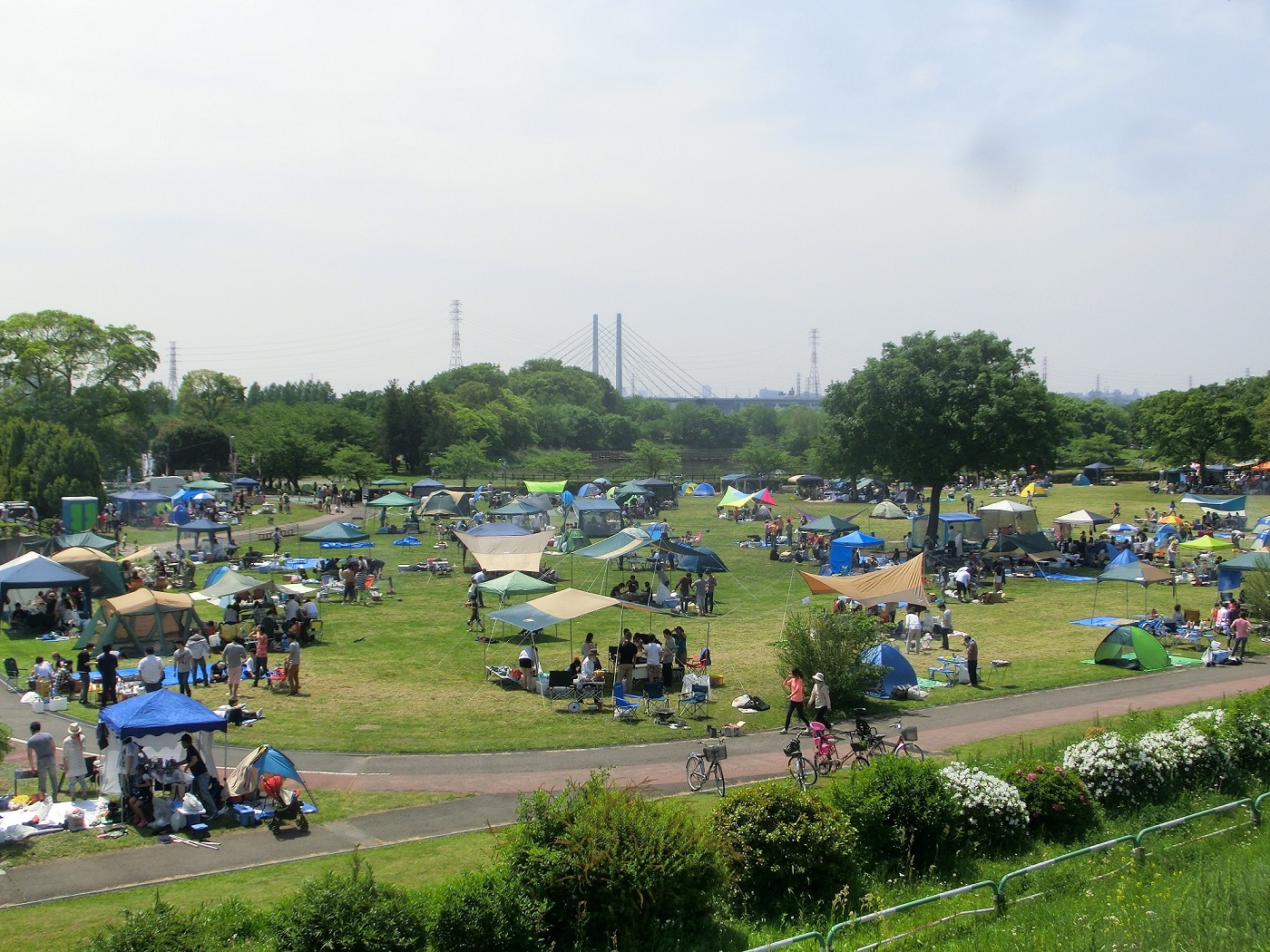
"Saiko" is a park developed along the Arakawa riverbed retention basin that's filled with nature; with the blooming of Japanese primrose and the beautifully maintained fields, visitors can relax and enjoy the change of the seasons. There is a spacious BBQ area where visitors can choose between a free area with no reservation required, and an area with BBQ prepared which requires a reservation. There are also tennis courts, dog friendly spaces, fishing spots and the lakeside area is a popular spot for cycling and windsurfing. With easy access by car, the park attracts more than one million visitors a year!

This is the largest poppy flower field in Japan, spanning about 12.5 hectares. At the Poppy Festival in mid-May, you can enjoy refreshments, regional vegetables, and of course, flower picking! The view of Mt. Fuji from under the Onari bridge by the Arakawa river, where the field can be found, is known as one of the best views of Mt. Fuji. A truly spectacular and scenic view of red, pink, and orange poppies blooming all around you.
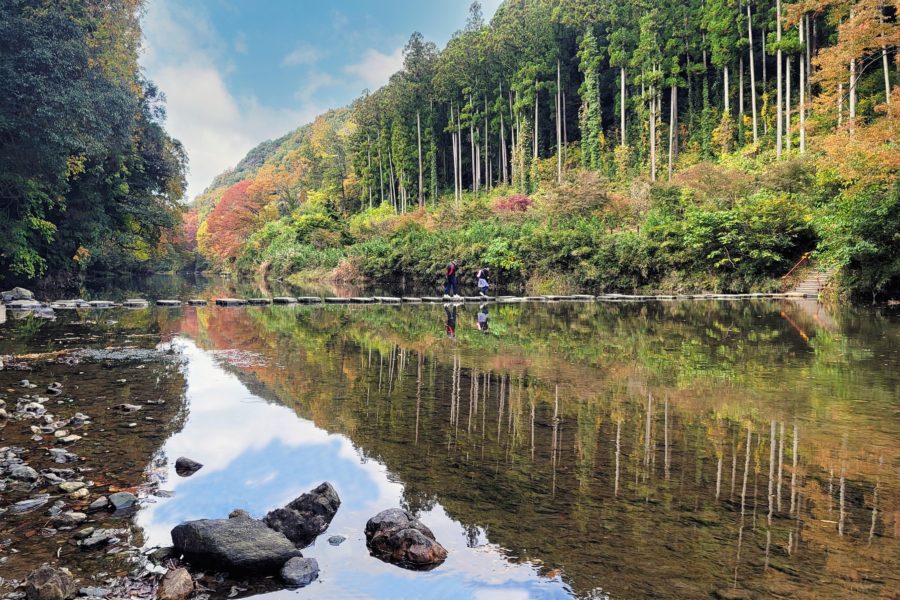
Ranzan Valley is one of Saitama Prefecture's famous scenic spots known for the Iwadatami rock terraces, the clear streams of the Tsukikawa River, and the heavily wooded natural environment. The Hosokawa area has a particularly unique peninsula-like topography, where a large river channel turns at a sharp 180 degree angle. The valley and surrounding Japanese red pine forests are a stunning sight! When Dr. Seiroku Honda, the first person in Japan to hold a Ph.D. of forestry, visited the area, he noted its great similarity to the landscape of Arashiyama in Kyoto, and referring to it as the "Arashiyama of Musashi Province," provided the origin of the name "Ranzan," another way to read "Arashiyama." In the summer, one can enjoy the fresh green and sounds of babbling brooks and chirping birds, in just an unbelievable one hour distance from the metropolis. In autumn you can also enjoy the reflection of the leaves on the surface of the water emphasized by the fiery red of the momiji maple trees. *Peak season for autumn leaves is mid-November to early December.
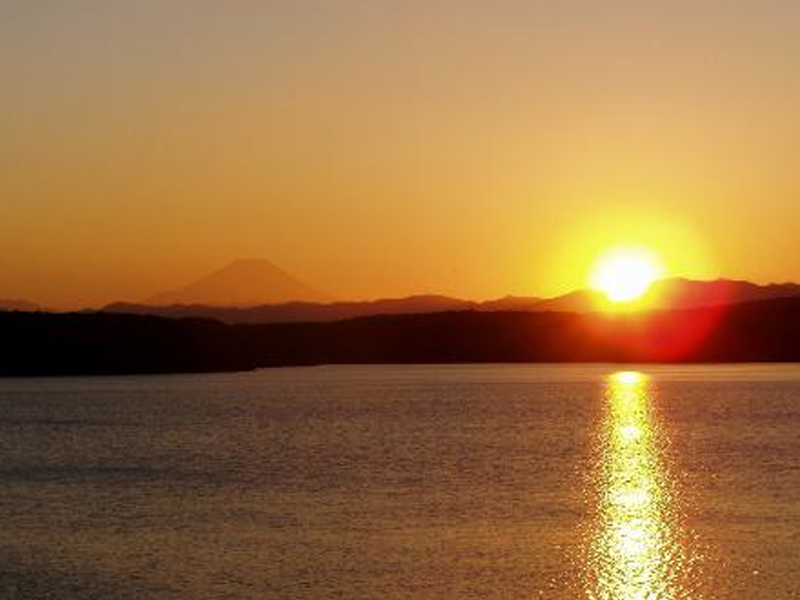
This man-made lake is located in the south-central part of Saitama Prefecture, straddling the boundary between Tokorozawa City and Iruma City. Completed in 1934 as a water reserve for Tokyo, the official name is "Yamaguchi Reservoir." The lake is surrounded by Saitama Prefectural Sayama Nature Park, where you can enjoy 20,000 cherry blossom trees in spring and vivid leaves in autumn, the symbolic Mt. Fuji reflected on the lake's surface and bird watching. The stunning seasonal scenery of this area was chosen as one of Saitama's 100 Top Nature Spots and 100 Top Dam Lakes.
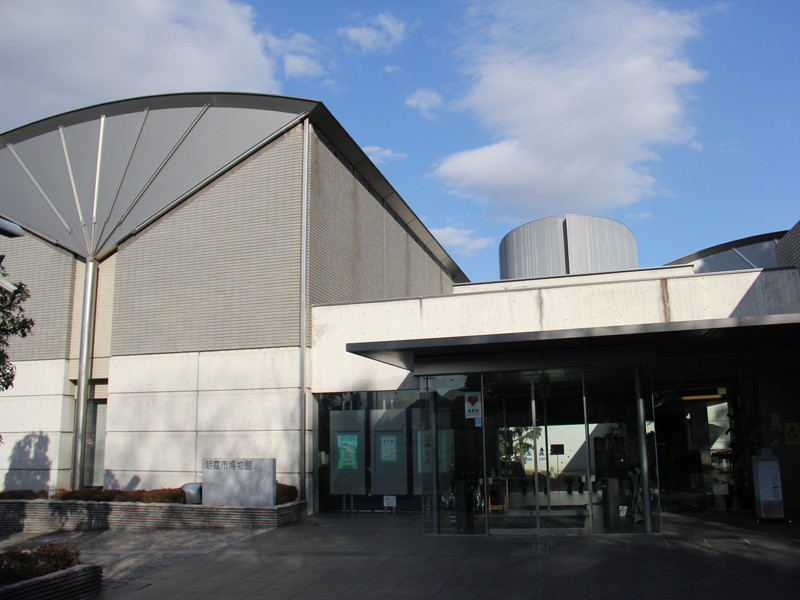
Centered around a permanent exhibition about Asaka's local heritage under the 4 categories: archaeology, history, folklore and arts and crafts; there are also special and themed exhibitions, and a variety of lectures and workshops which are held in this “space for learning and relaxation.”
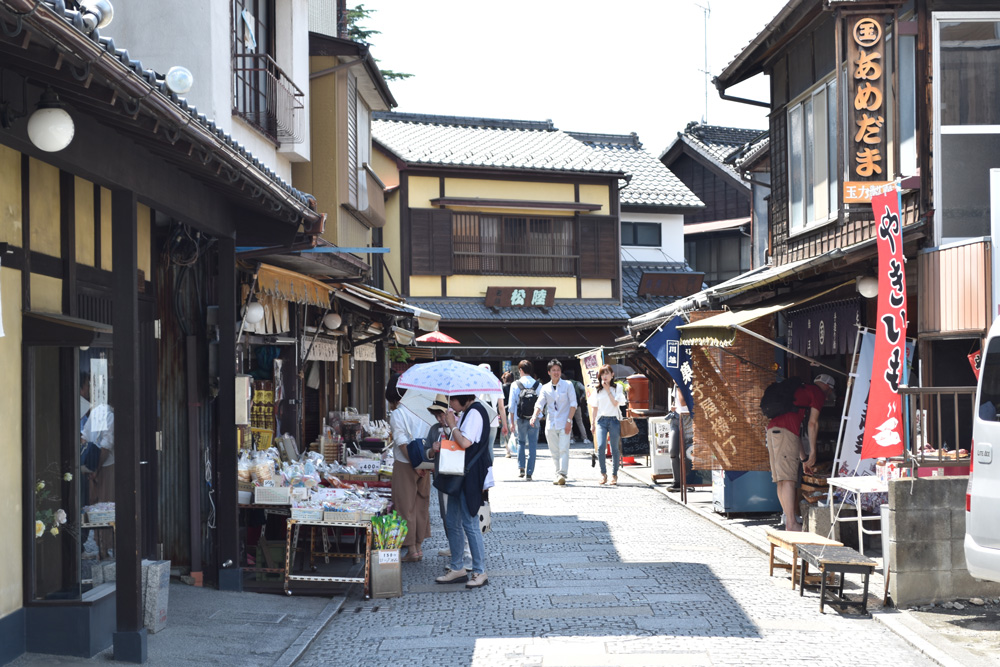
Many small, old-time candy stores line the Kashiya Yokochō (confectionery alley). 70 houses existed in the beginning of the Shōwa era, where they produced a variety of sweets to be sold wholesale. As of now, there are about 20 houses left that still produce and sell cheap sweets, such as mint candy and the Kintaro candy, which are nostalgic for both adults and children alike. Kashiya Yokocho was also selected as one of “The 100 Best Scented Sceneries” by the Ministry of the Environment.
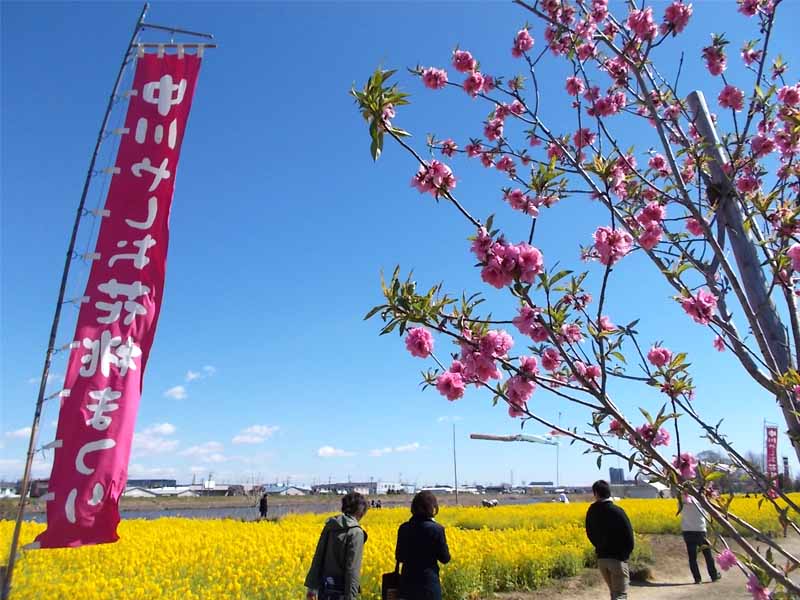
Located on about 13,000 square meters of the Nakagawa Riverbed, the contrast between the 120 pink peach blossoms and fields of yellow rapeseed flowers that bloom from March to April every year is a beautiful sight to see. In autumn, you can enjoy red spider lilies and cosmos. The annual Hanamomo Festival held in late March attracts many tourists.
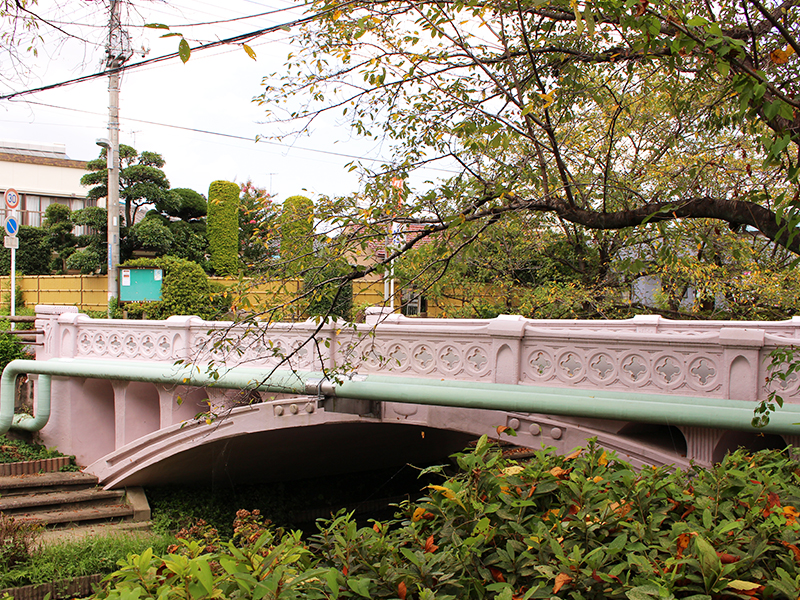
Eight of the total sixty-one kilometers of the Motoara River run through the Fukiage area. There are seventeen bridges on the river, including the Shinsaga Bridge, a Civil Engineering Heritage Site selected by the Japan Society of Civil Engineers. Many of the bridges are decorated with poems and sculptures, making exploring them a perfect activity for some leisurely sightseeing!
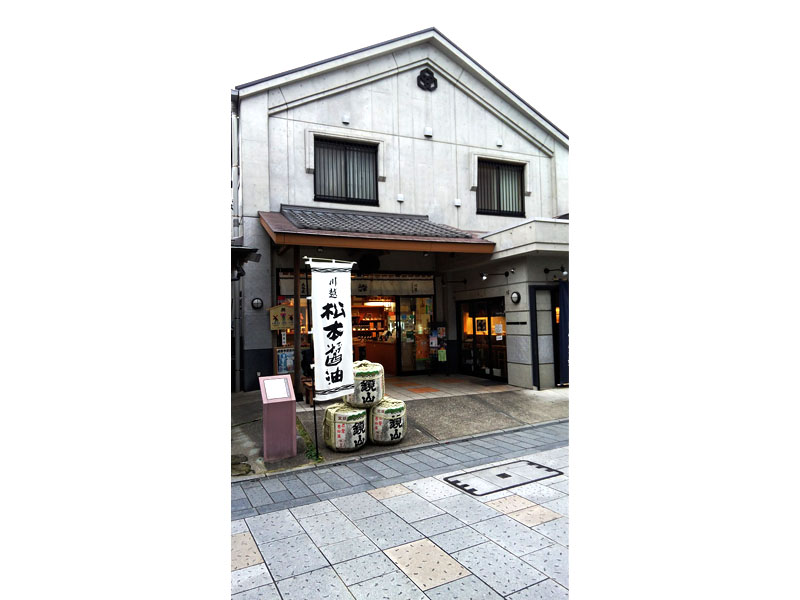
Matsumoto Soy Sauce Factory has been making soy sauce in Kawagoe for around 250 years. The brewery, established in 1764, still carries out production with traditional methods using 40 cedar vats that have been in use since the Edo period. At a tour of this soy sauce brewery, designated an important part of Kawagoe's city landscape, you can experience firsthand the tradition of soy sauce production.
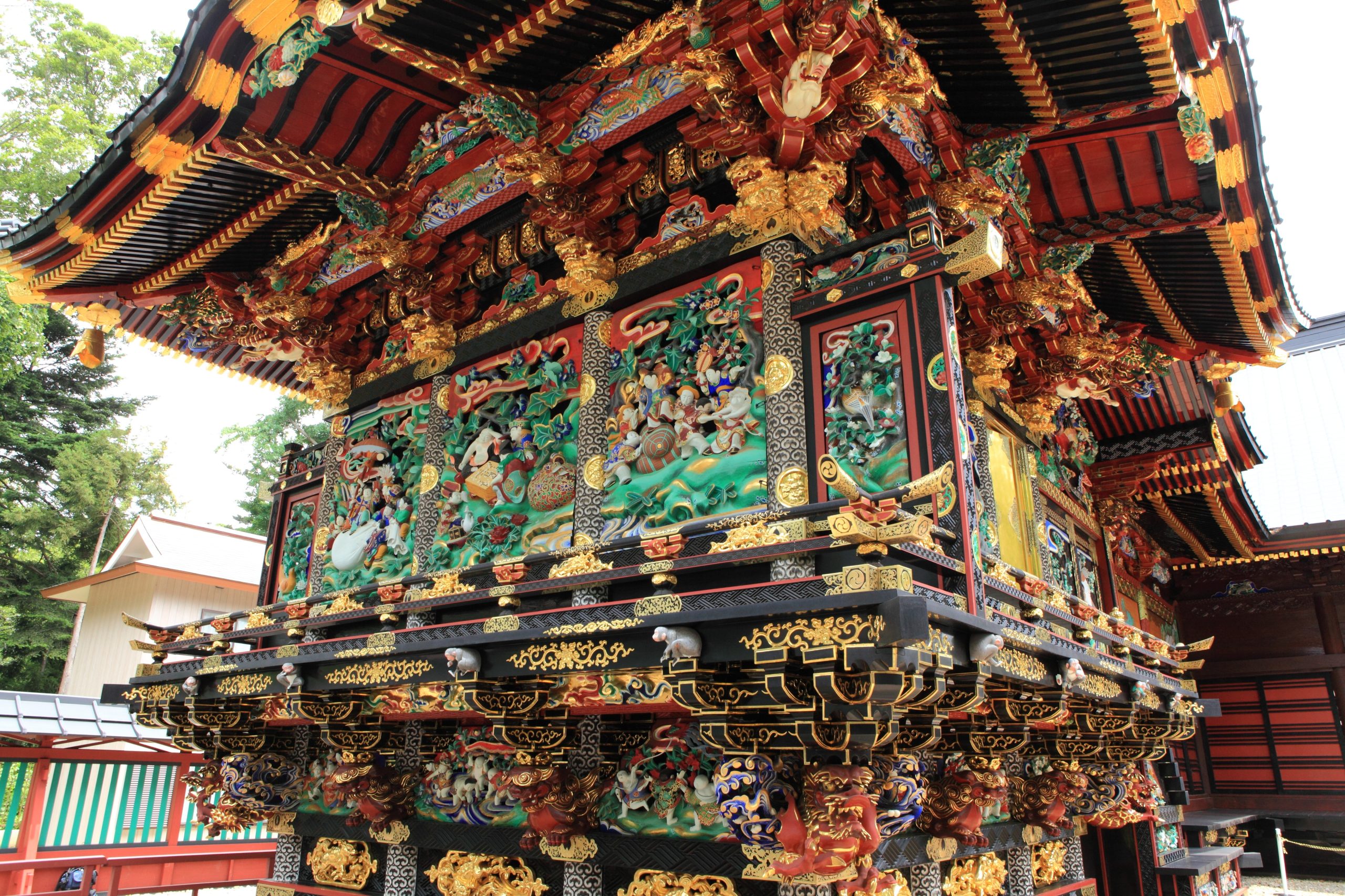
Menuma Shodenzan Kangiin Temple is known as one of Japan’s three holy temples and is said to bring blessings for matrimony, family health, fortune, and scholarly achievements. In 2012, the main sanctuary, “Kangiin Shotendo,” was designated as a national treasure due to its highly skilled carvings, modern decorative architecture and public funding of its construction. Events take place throughout the year, such as the annual grand festival and Setsubun festivals during the spring and autumn.
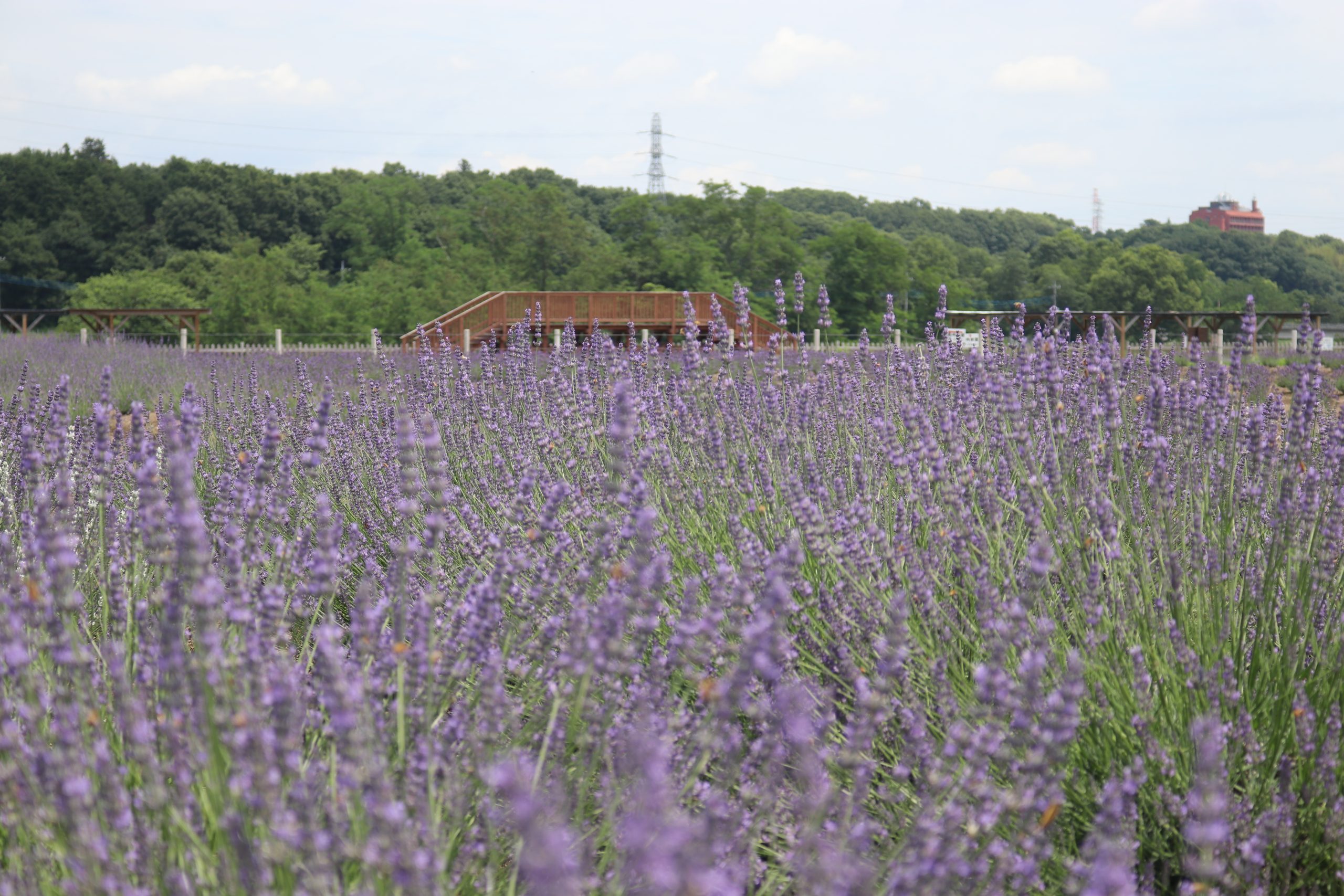
The Sennen no Sono Lavender Field spans approximately 6.5 hectares and boasts around 22,000 lavender plants including over 10 different lavender varieties, such as Grosso (French), Hidcote (English), and Avonview (Spanish). In late May, visitors can enjoy the enchanting sight of red, pink, and white poppies blooming alongside early-blooming lavender. By mid-June, a portion of the field transforms into a golden sea of wheat known as "Nourin 61," and towards the end of June, visitors can witness the spectacle of wheat harvesting. The annual Ranzan Lavender Festival takes place from early to late June, offering a wonderful opportunity to experience the beauty of the lavender field. *Please note that access to the fields is restricted after the festival as they undergo harvesting.
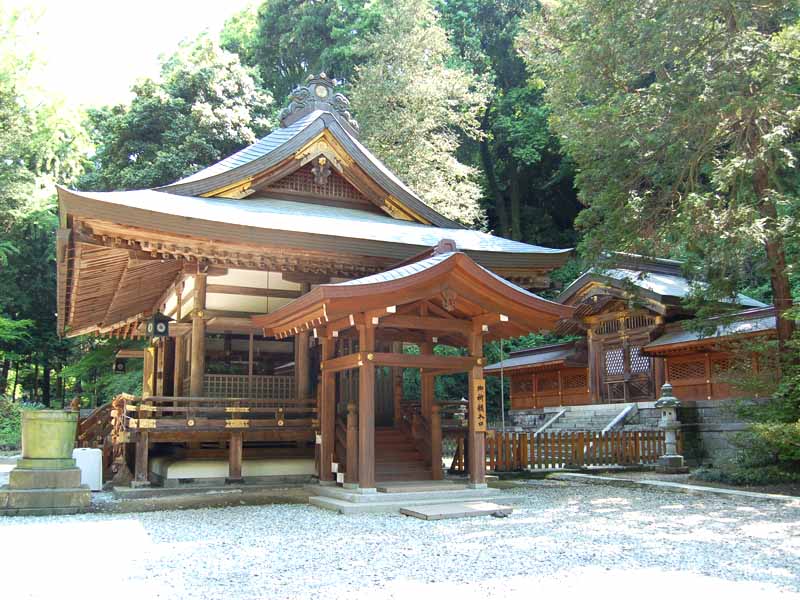
One of the most prestigious shrines in the prefecture, it has no main shrine due to being dedicated to the scared mountain Mt. Omuro, and is one of few shrines that still practice this more ancient form of Shinto belief, the only other two shrines of which are Suwa Grand Shrine in Nagano and Omiwa Shrine in Nara. The shrine is said to have originated when the god Yamato Takeru no Mikoto hid tools for fire starting in Mt. Omuro. The shrine also enshrines the goddess of the sun, Amaterasu Omikami, and the god of sea and storms, Susanoo no Mikoto.
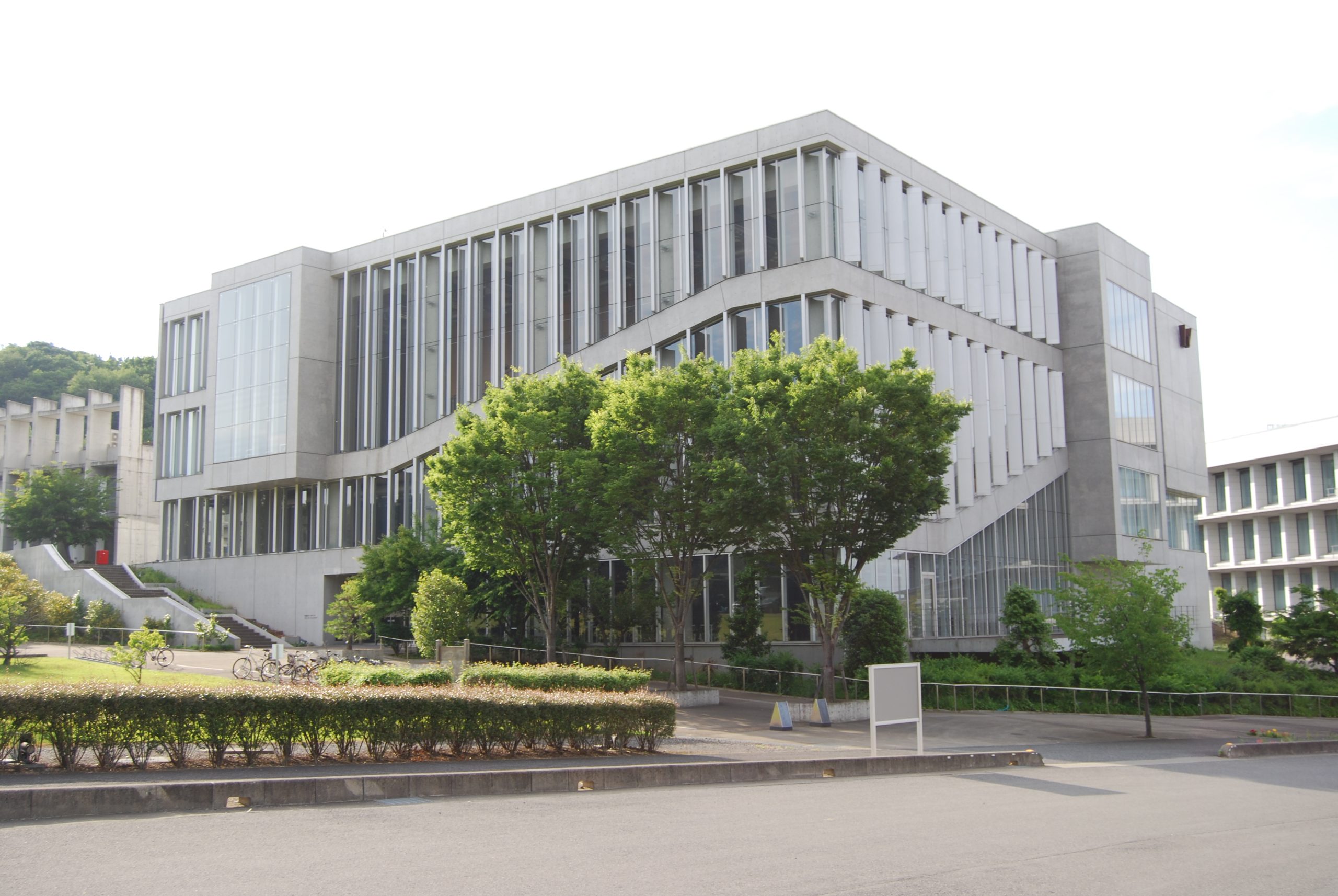
This museum was jointly established by Honjo City and Waseda University. The museum holds archaeological materials from the Paleolithic period through which visitors can trace the history of Honjo City. In addition to artifacts rarely found in Japan, such as the laughing human haniwa (terra-cotta tomb figurine) holding a shield and a completed cast of a small glass ball, visitors can see a variety of valuable materials owned by Waseda University.
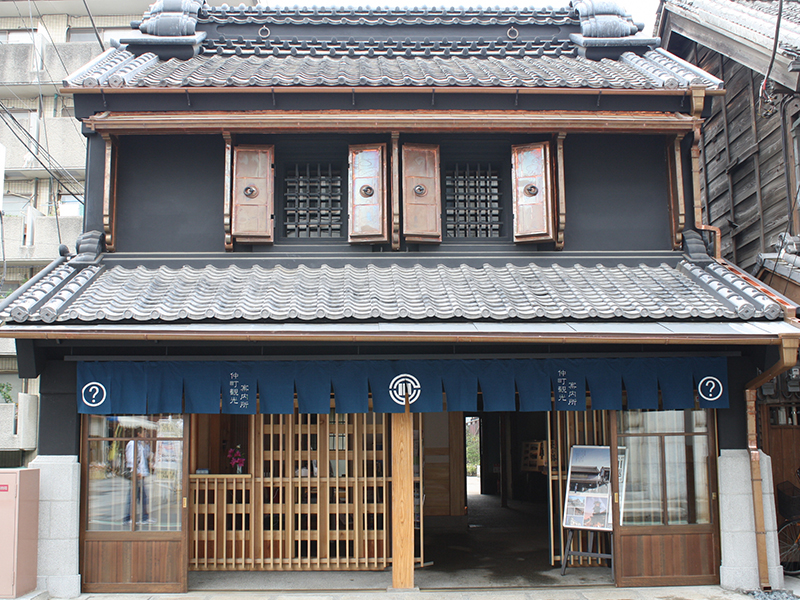
Situated at the Nakacho intersection, the entrance to the Kurazukuri district, the Kawagoe City Nakacho Information Center is filled with useful information and housed in a traditional warehouse! You can also connect to their free Wi-Fi and use their baggage storage service (for a fee).
This site uses cookies to improve the user experience. If you continue to browse, you consent to the use of cookies on this site. Accept
CONTACT
